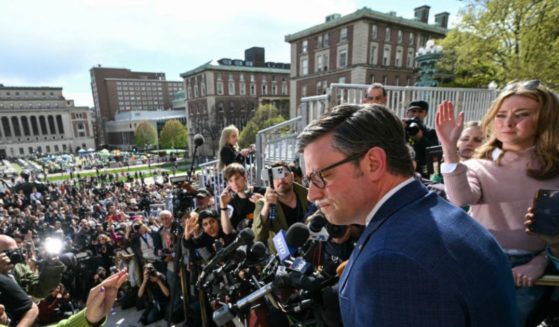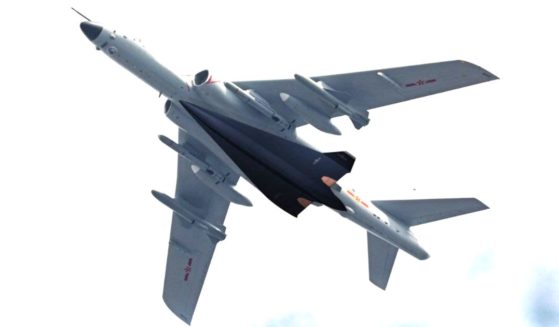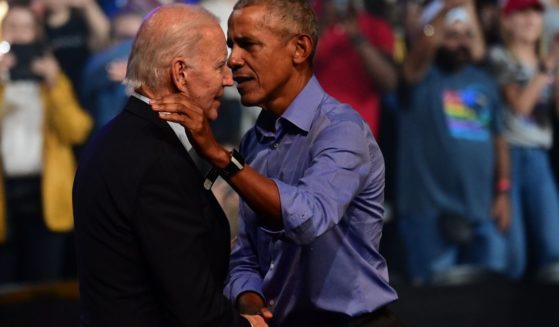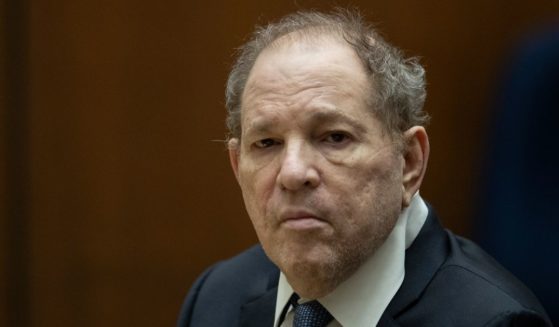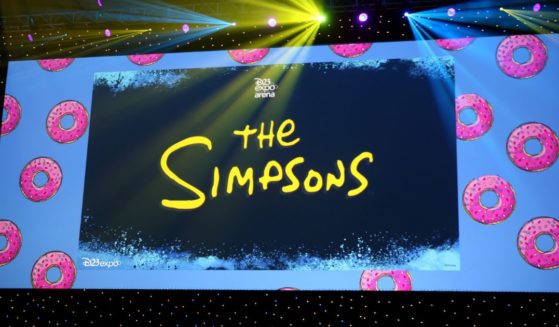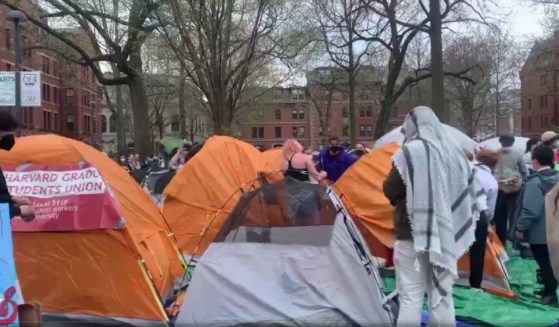Newly Restored Footage of Nuclear Tests Shows Paint Literally Vaporizing from Vehicles
Mutually assured destruction kept the world safe from destruction in the Cold War era.
For those of you not familiar with MAD, as it’s called, it was a theory of nuclear deterrence between the Soviet bloc and the West which stated that, should one side be so irresponsible as to use nuclear weapons, both sides could be assured of being left in smoldering, radioactive ruins.
This theory never particularly caught the fancy of the left, as you might imagine. Between protests and nuclear doomsday clocks, they struck fear into the hearts of Americans. Because of this, many people thought that MAD would end with something like “The Day After,” a maudlin miniseries which sought to traumatize the populace with the horrifying aftermath of a nuclear war.
And yet, MAD kept us safe during the entirety of the Cold War — not because atomic weapons weren’t horrifying, but because they were. And newly restored footage from the early days of the nuclear arms race show just how horrifying they were.
Here’s a look at what it did to just one Jeep:
As you can see, the initial blast literally vaporizes the paint off of the vehicle. It’s then blown away by the shockwave of the attack.
The footage — which, according to the U.K. Daily Mail dates from 1953 — shows the effect of atomic weapons on various vehicles.
A car experiences the same fate as the Jeep as the footage continues — paint vaporized, then thrown aside like a children’s toy.
A school bus? Same paint vaporization, same being thrown about.
It’s not just vehicles. A tent is vaporized and set ablaze as well.
The tests took place at a Department of Energy test site in Nevada between March and June 1953.
The series of tests became nicknamed “Dirty Harry” by the press when they took place, with the Deseret News referring to them as “tragic and insane” in a contemporaneous account, according to The New York Times.
However, they conceded something that liberals never really would: ”So long as we live in an atomic world, we must and will continue to learn more about this power and how to survive it,” the Salt Lake City-based newspaper concluded.
And that’s the only reason we did survive it.
By the time testing ended at the Nye County, Nevada, test site where this took place in 1992, 928 nuclear tests had been carried out. And, by the end, the weapons were more advanced — and much more deadly — than what you saw here.
That deadliness, however, is why no deaths have been attributed to nuclear attacks since Hiroshima and Nagasaki. The world’s nuclear powers understood the fact that deadlier arms meant higher stakes — stakes too high to risk playing.
That’s the great paradox of MAD. The left thought that atomic weapons would mean a world like “The Day After.” They actually prevented a world like it — and will continue to do so, Lord willing.
Truth and Accuracy
We are committed to truth and accuracy in all of our journalism. Read our editorial standards.

